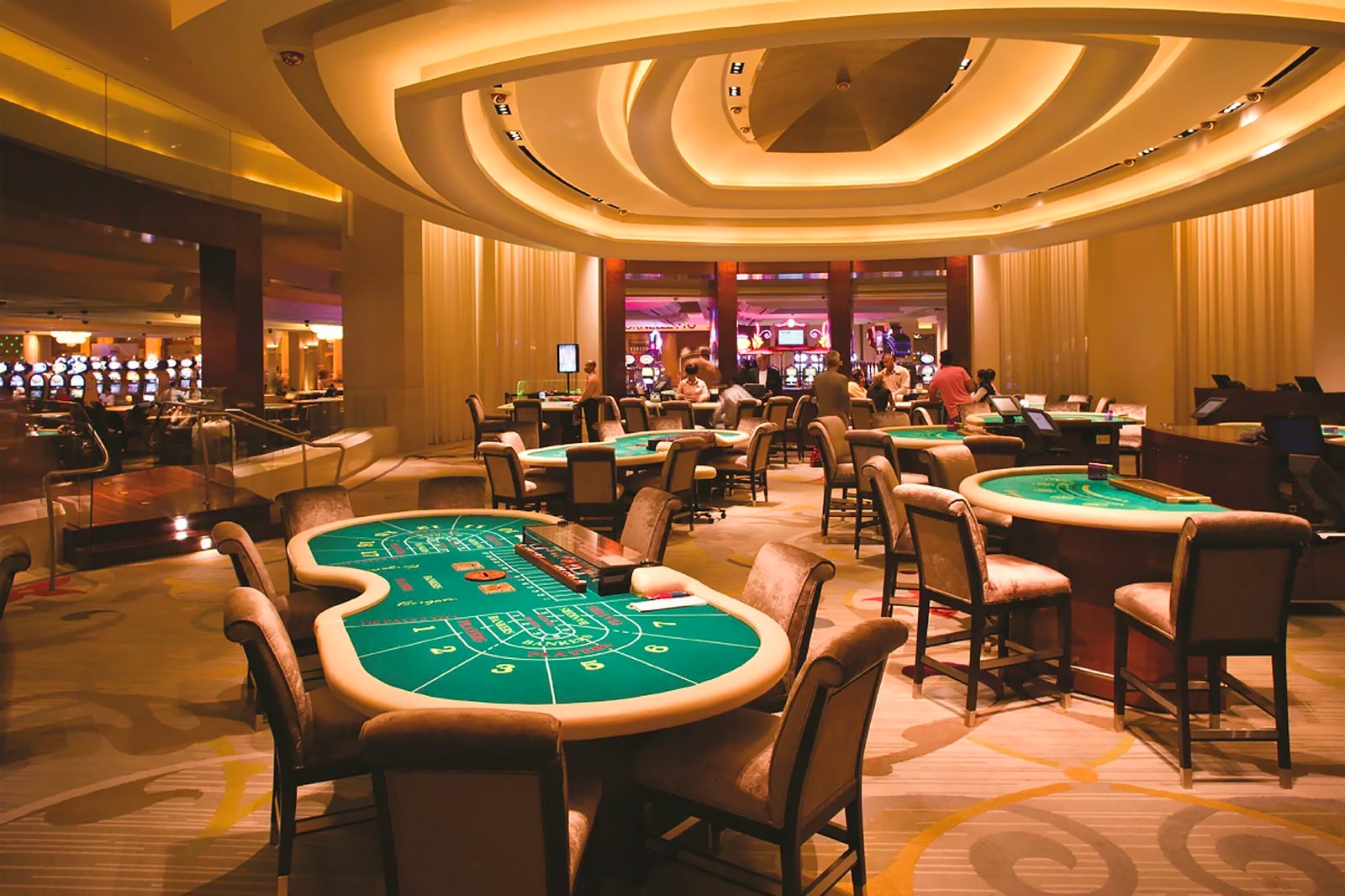The Art And Adorn Of The Hula Social Dancer: A Dateless Tradition Of Verbalism And Social MovementThe Art And Adorn Of The Hula Social Dancer: A Dateless Tradition Of Verbalism And Social Movement
Hula saltation, an iconic taste art form originating from Hawaii, captivates with its blend of embellish, rhythm, and storytelling. It is much more than just a form of amusement; hula represents the Hawaiian way of life, connecting dancers to their discernment roots, story, and the cancel world. Over the centuries, this complex and beautiful dance has evolved, but its essence remains the same: to tell stories through communicatory movements, speech rhythm, and medicine.
Hula can be dual-lane into two primary forms: hula kahiko and hula auana. Hula kahiko, the ancient style, is often performed to traditional chants and drum rhythms. It is profoundly Negro spiritual, with dancers embodying the sacred connection to the land, ancestors, and the natural worldly concern. This form of hula is more debate and grounded, with slow, flowing movements that express fear and to nature. On the other hand, hula auana is a more Bodoni style, influenced by Western music and instruments such as the guitar and uke. It is often performed to light, more melodic tunes and features quicker, more changeful movements.
The movements in hula are elaborately joined to the lyrics and account being told, with every gesture carrying deep substance. For instance, the perceptive front of a dancer’s workforce can represen such as wind, rain, or the gesticulate of the ocean. The swaying of the hips might suggest the flow of rivers or the swaying of palm trees in the breeze through. Each front is an fundamental part of the narration being conveyed, and the dance itself is a form of oral custom that has been passed down through generations.
A hula dancer’s fig up is also signaling, often including a sporty skirt made of grass over or fabric, flowers adorning the hair, and lei(garlands) placed around the neck. The vivacious colours shine the mantrap of the Hawaiian landscape painting, and the flowers stand for the connection to nature and the Aloha spirit—a touch sensation of love, compassion, and honor for others. The hula dancer’s pose and decorate are just as considerable, as they portray the and poise implicit in in this art form.
While the origins of hula date back centuries, the art has moon-faced many challenges over time. After the arrival of Christian missionaries in the 19th , hula was taboo, and its practice was strangled for several decades. However, in the early 20th , efforts to revive and preserve the custom were made, and today, hula is historied as an probative symbolization of Hawaiian . It is performed not only in Hawaii but also across the worldly concern, in festivals, competitions, and appreciation celebrations.
The hula dancer, often trained from a young age, embodies the inspirit and traditions of Hawaii, ensuring that the stories and practices of their ancestors are protected for hereafter generations. Through slender movements, speech rhythm, and medicine, the hula social hire hula dancers brings to life the rich chronicle and natural sweetheart of the islands. Whether performed in a modest mob gathering or on a G present, hula continues to suffice as a mighty means of discernment verbal expression, reflective both the past and the submit in every dance.

